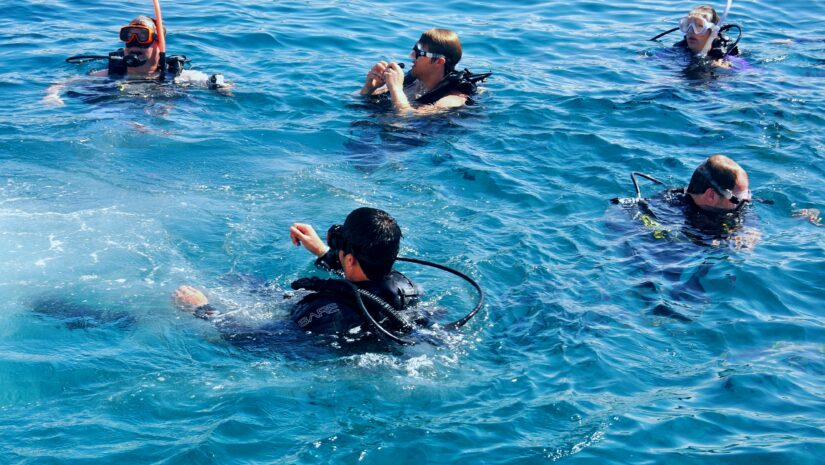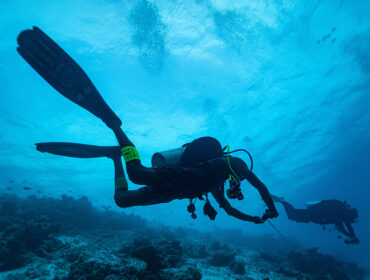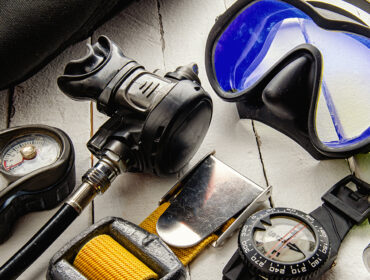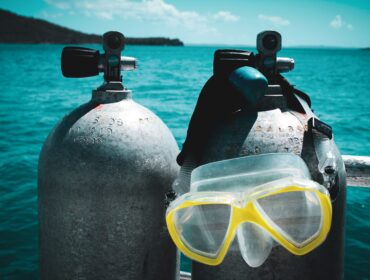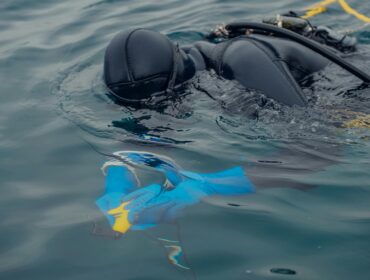One of the first things in people’s minds when they begin scuba diving is the importance of a safe ascent. Ever wonder why?
It all boils down to the physics of diving and Boyle’s Law. When breathing compressed air due to ambient water pressure, nitrogen is expelled through the skin during exhalation. However, under these conditions, the nitrogen absorbed remains in the body’s fatty tissues and blood. The longer and deeper the dive, the more nitrogen is absorbed into the tissues. As long as the diver remains at pressure, the gas presents no problem.

However, when the pressure around the diver decreases, the nitrogen starts coming out of the tissues back into the blood stream. If the pressure is reduced too quickly, your life could be in danger. When ascending and the water pressure decreases, nitrogen forms bubbles in the tissues and bloodstream instead of being exhaled. This is similar to when you open a bottle or can of soda: releasing the pressure causes the carbon dioxide gas to lose its solubility and escape as bubbles or fizz. This is what we all know as ‘The Bends’ or Decompression Sickness (DCS).
What is a safe scuba ascent rate?
What seems like a trivial question is probably one of the most asked and debated about in diving. Some scuba organizations state that divers should ascent faster than a maximum of 18m/60ft per minute. However, this absolute maximum has still resulted in divers getting the bends in some cases.
Today, a more generally accepted safe scuba ascent rate by scuba organizations and most dive computers is 9m/30ft per minute. More simply put for divers without a dive computer (which we don’t recommend) is to follow your smallest air bubbles.
That said, we believe you should always dive with a dive computer for each diver that allows you to monitor depth and speed and also alerts you when ascending too fast (a standard feature in most dive computers these days).
How to Complete a 5 Point Safe Scuba Ascent Rate

Remember the Acronym S.T.A.R.S. (as taught in the PADI Open Water Course) and it get it wrong.
S – SIGNAL: Give a clear “ready to start ascending” signal (thumb up hand signal). Wait until you receive a confirmation from all divers that they see you and are aware that the dive is ending.
T – TIME: Consistently monitor the time indicated on your dive computer to make sure you haven’t exceeded the “No Decompression Limit.” If exceeded, prepare to make decompression stops at recommended depths and signal to your buddy diver for a confirmation. Carefully time and fully complete your safety stop.
A – AIRWAY: Look up and make sure there’s a direct path to the surface. Search for obstacles (like boats you won’t want to bonk your head on).
R – REACH: Extend your arm above your head signaling the okay signal to the boat or fellow divers at the surface and to protect hitting your head on anything that may be above you. Turn around when ascending to keep track of anything behind you.
S – SWIM: Swim very slowly to the surface not using your BCD (Buoyancy Control Device) to ascend until you surface. Once at the surface you may inflate your BCD to help keep you buoyant.
If you’re deploying an SMB (Surface Marker Buoy) you should do so at the safety stop. For more on that read our guide on How To Deploy A Surface Marker Buoy (SMB).
FAQs

What is the 5-point descent in scuba diving?
- Signal to your buddy that you’re going down.
- Deflate your BCD to start sinking.
- Equalize your ears to avoid any unpleasant pressure surprises
- Orient yourself with your surroundings.
- Finally, descend slowly and gracefully.
What is the correct ascent rate for diving?
The golden rule for ascending is to take it slow and steady. Aim for no faster than 30 feet (or about 9 meters) per minute. It’s like taking a slow elevator ride to the surface. This pace helps your body safely release the extra nitrogen absorbed during your dive, preventing decompression sickness.
How to do a 5-point check with scuba diving gear?
- Check your BCD and make sure it inflates and deflates properly.
- Inspect your weights to confirm they’re secure.
- Test your regulator and alternate air source to ensure they’re working.
- Check your gauges and computer to confirm everything’s functional.
- Give your buddy the once-over and have them do the same for you.
Dive Responsibly!
Mastering the 5-point scuba ascent rate is all about practice and awareness. Remember to ascend slowly, listen to your body, and follow your training. Not only will this make your dives safer, but it also helps you enjoy the underwater world more fully. So, the next time you’re beneath the waves, think of your ascent as a graceful dance, not a race to the surface.

